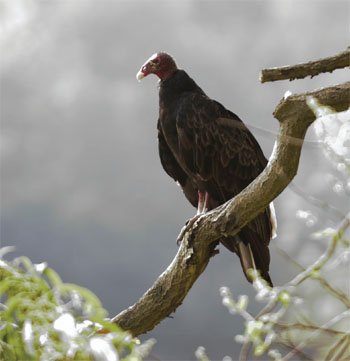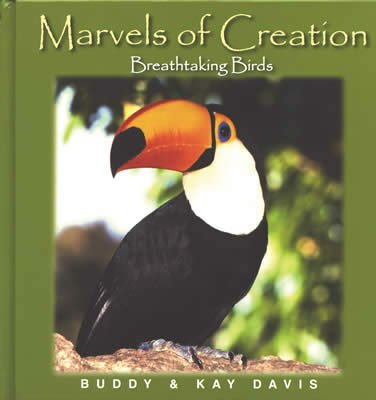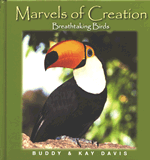Turkey Vulture
The turkey vulture, commonly called buzzard, is a blackish-colored bird with a reddish, featherless head.

The turkey vulture, commonly called buzzard, is a blackish-colored bird with a reddish, featherless head. Not known for physical beauty, vultures soar gracefully and elegantly in thermals, hardly ever flapping their wings. In flight, they can be distinguished from other large birds by the position of the wings. Eagles and hawks soar with wings stretched horizontally but vultures soar with wings slightly lifted in a wide “V” shape.
Most people think of the vulture as a revolting bird because of its eating of dead flesh. The people who classified this amazing bird, however, were aware of its usefulness and named this genus of vultures Cathartes, meaning “purifier.” Vultures rid our countryside and garbage dumps of unwanted waste and are truly our volunteer purifiers.
Bacteria which can carry disease can pass unharmed through the digestive system of most animals but the potent digestive juices of the vulture kill all bacteria entering into these scavengers. It has been stated that we may never know how many serious epidemics have been stopped because of the vulture.
Vultures can sometimes be seen sitting on fence posts holding their wings outstretched. This possibly serves two purposes. One purpose is to cool the bird and the other is to allow the long rays of the sun to help destroy bacteria on the feathers.
There has been a debate for centuries as to how the vulture actually finds its food, either by sight or smell. Audubon did an experiment and hid a carcass from sight with canvas. The vultures weren’t attracted to it. When he put a picture of a dissected sheep on the canvas, the vultures came. A man named Mr. Bachman covered a decaying carcass with canvas and then put meat on it. The vultures ate the exposed meat but left the putrid meat, which was only inches from their nostrils, alone. However, a number of times vultures have gathered over leaks in gas pipes, indicating they were attracted by the smell.
Vultures must allow meat to partially decay or tenderize before consumption because their beaks are weak. Vultures sometimes eat live prey, taking mice, nestlings, and even eggs.
Most vultures migrate in the winter. Buzzards nest at ground level in hollow trees or stumps. The nestlings are snow white.
The turkey vulture has few natural enemies, but man has killed a number of vultures with his automobile.
Turkey Vulture
Falconiformes • Cathartidae • Cathartes oura
Weight: 2.9 pounds (1.3 kg)
Length: 29 inches (74.4 cm)
Wing Span: 4–6 feet (1.2–1.8 m)
Life Span: Average 20 years; known to have lived
in a zoo for 50 years.
Special Design Feature: The turkey vulture’s
appetite for carrion helps purify our countryside.
Did You Know? Turkey vultures find their food
mainly by keen eyesight.
Marvels of Creation: Breathtaking Birds
This spectacular book brings the world of feathered creatures alive in a unique and colorful way.
Browse Kids BookRecommended Resources
- © 2024 Answers in Genesis
- Privacy Policy
- Contact
- About


